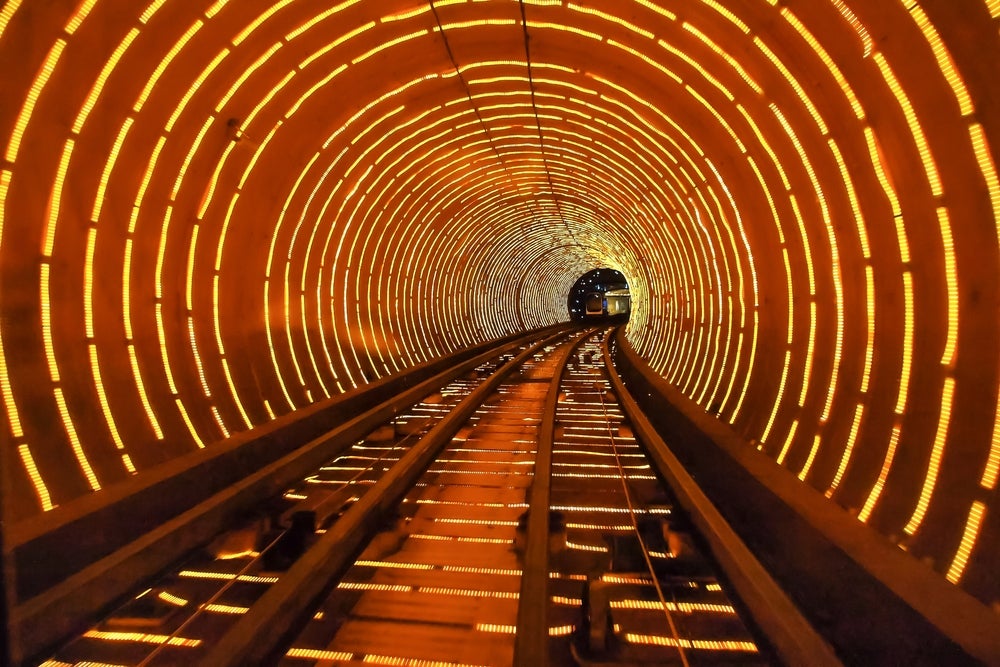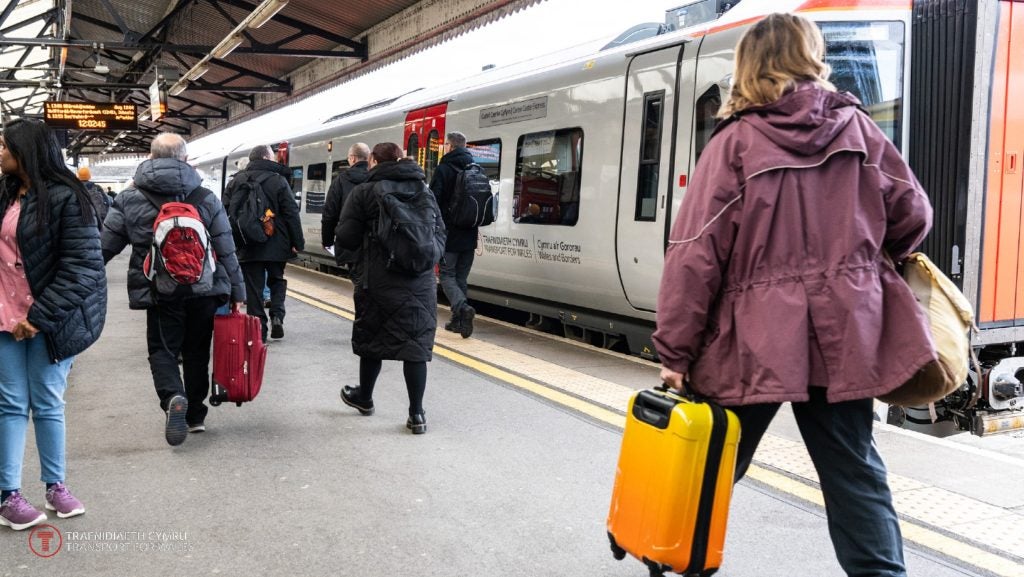The UK’s Transport for London (TfL) has announced that customers at Holborn station will be asked to stand on both sides of two ‘up’ escalators, under its plans to reduce congestion at the station.
It is reported that one of four escalators will be standing only at all times for six months starting from 18 April with another standing only at some times of the day.
London Underground convention is for customers to stand on the right of escalators, allowing others to walk on the left.
TfL noted that at stations with very long escalators, such as Holborn, few customers choose to walk, which means that much of left-hand side of the escalator remains unused.
A test carried out by TfL in November and December proved that as many as 30% more customers could use an escalator in the busiest parts of the day if they stood on both sides.
See Also:
During that test, additional staff were brought in to ask customers to stand on both sides.
How well do you really know your competitors?
Access the most comprehensive Company Profiles on the market, powered by GlobalData. Save hours of research. Gain competitive edge.

Thank you!
Your download email will arrive shortly
Not ready to buy yet? Download a free sample
We are confident about the unique quality of our Company Profiles. However, we want you to make the most beneficial decision for your business, so we offer a free sample that you can download by submitting the below form
By GlobalDataIt is reported that a similar arrangement will be in place at the start of the new trial, after which staff will not be present and LU will be testing whether customers will change their behaviour in the longer term through the use of signs, messages and force of habit.
Various messages, developed with the help of the behavioural science department at the London School of Economics, will be tested at different times to see which works best.
As part of the test, standard instructions will be given to customers and light messages that play on words about standing.
London Underground Operations director Peter McNaught said: "It may not seem right that you can go quicker by standing still, but our experiments at Holborn have proved that it can be true.
"This new pilot will help us find out if we can influence customers to stand on both sides in the long term, using just signage and information.
"Anyone who wants to walk on the other escalators will be free to do so, but we hope that with record numbers using the Tube, customers will enjoy being part of this experiment to find the most efficient ways of getting around."
The change will be communicated in several ways, including using a talking projection of a staff member, electronic versions of the triangular stand on the right signs that customers pass as they travel up the escalator, signs on the floors, footprints on escalator steps, handprints on handrails and station announcements.
In order to provide more capacity and reliability, LU invests £1.3bn a year in its capital programme, with major stations, trains, track and signalling being modernised or replaced.
The next major phase of the work in LU’s programme will bring faster, more frequent and reliable journeys to passengers who use the Circle, District, Metropolitan and Hammersmith & City lines.
Redevelopment work to increase capacity at key stations and make them step-free is currently underway at a number of stations, including Victoria, Tottenham Court Road and Bond Street.
More than half of LU’s 270 stations have now been modernised or refurbished.
In addition, when the Elizabeth line (Crossrail network) fully opens from 2019, more than half a million customers a day will be served by a fleet of brand new 200m-long trains at 40 stations, including ten newly built in London.







